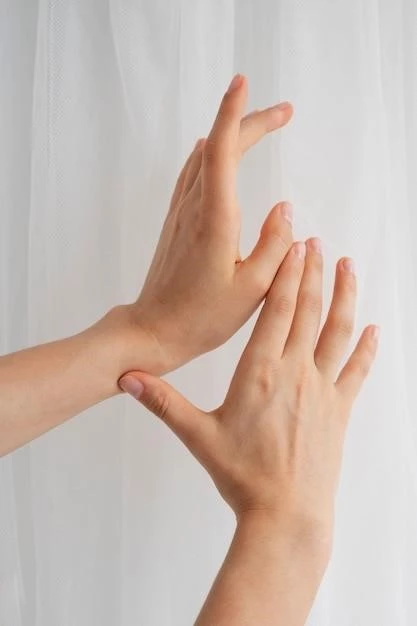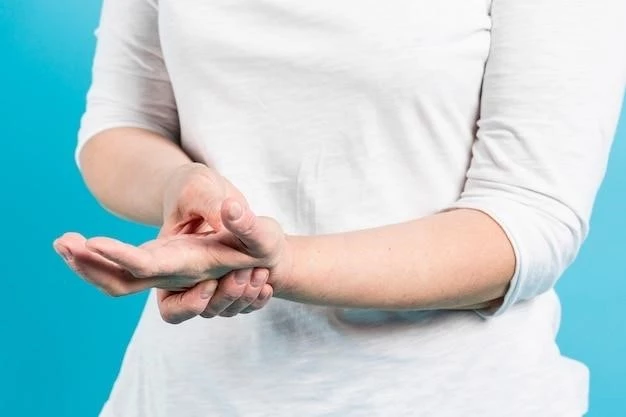Introduction to Split-Hand Deformity
Ectrodactyly, split hand, or cleft hand, involves the deficiency or absence of central digits of the hands or feet. This condition is also known as split hand/split foot malformation (SHFM).
Ectrodactyly, also known as split hand or cleft hand, is characterized by the absence or deficiency of one or more central digits of the hand and foot. Split-hand deformity may involve claw-like hand or foot appearance, impacting the thumb and remaining fingers. It can present as a V-shaped cleft and is associated with various genetic and syndromic factors, leading to unique neurological manifestations and skeletal abnormalities.
Definition and Overview
Ectrodactyly, also called split hand or cleft hand, is a condition characterized by the absence or deficiency of central digits of the hand and foot. This results in a claw-like appearance and may include a V-shaped cleft.
Genetic Factors
Split-hand deformity can be associated with genetic factors such as chromosomal micro-duplication or micro-triplication involving specific regions, including 17p13.3. Certain genes like TP63, DLX5, and DLX6 play significant roles in the development of this condition. Additionally, mutations in genes like FGF8, FGFR1, WNT10B, and BHLHA9 have been linked to split-hand deformity.
Associated Syndromes
Split-hand deformity can be a part of syndromes like EEC syndrome, which includes ectrodactyly, ectodermal dysplasia, and cleft lip/palate. Individuals with these syndromes may exhibit a range of symptoms, including missing or irregular fingers/toes, abnormalities of hair/glands, distinctive facial features, and eye/urinary abnormalities. Understanding these associated syndromes is crucial for comprehensive diagnosis and management of split-hand deformity.

Symptoms and Clinical Presentation
Ectrodactyly, also called split hand or cleft hand, presents with a unique appearance of the hand and foot, characterized by missing or irregular central digits. This condition results in a claw-like hand or foot structure, often with a V-shaped cleft.
Physical Characteristics
Ectrodactyly, known as split hand or cleft hand, results in a unique appearance with missing or irregular central digits, often creating a claw-like hand structure and a distinctive V-shaped cleft.
Neurological Manifestations
Individuals with split-hand deformity may exhibit unique neurological features, such as selective wasting of hand muscles with a claw-like appearance. The intrinsic hand muscles, like the abductor pollicis brevis and first dorsal interosseous, are often affected, leading to a distinct pattern of muscle atrophy termed the ″split-hand syndrome.″ Understanding these neurological manifestations is crucial for comprehensive management of the condition.
Diagnosis and Treatment Options
Diagnosing split-hand deformity involves assessing the unique physical characteristics of the hand and understanding the associated syndromes. Treatment options may include surgical interventions to improve hand function and appearance, as well as occupational therapy to enhance hand dexterity and coordination.
Diagnostic Procedures
Diagnosing split-hand deformity involves a thorough physical examination to assess the unique skeletal abnormalities in the hand and foot. Genetic testing, including chromosomal analysis and gene sequencing, may be utilized to identify specific mutations associated with the condition. Imaging studies such as X-rays and MRIs can provide detailed insights into the structural differences present in individuals with split-hand deformity.
Management Strategies
Management strategies for split-hand deformity may include surgical interventions to improve hand function and appearance, as well as rehabilitative therapies like occupational therapy to enhance hand coordination and dexterity. Additionally, genetic counseling and multidisciplinary care play vital roles in addressing the complexities of this condition and providing comprehensive support to individuals affected by split-hand deformity.
Prognosis and Impact on Individuals
In individuals with split-hand deformity, the severity can vary widely, impacting hand function and appearance. Understanding the unique characteristics and associated syndromes is essential for tailored management and support.
Quality of Life
Individuals with split-hand deformity often face challenges related to hand function and appearance, impacting their quality of life. Supportive therapies and interventions aim to enhance hand coordination and function, improving the overall quality of life for those affected by this condition.
Long-Term Outlook
Individuals with split-hand deformity may have a range of long-term outcomes, influenced by the severity of the condition and associated syndromes. Management strategies aim to improve hand function and quality of life, supporting individuals throughout their lifespan.

Research and Advancements in Split-Hand Deformity
Ectrodactyly, known as split hand or cleft hand, has been a subject of extensive research to understand its genetic basis, clinical variability, and treatment approaches. Recent advancements have focused on genetic factors like DLX5, DLX6, FGF8, and FGFR1, shedding light on potential therapeutic targets and improving diagnostic tools for individuals with split-hand deformity.
Current Studies and Findings
Recent research on split-hand deformity has focused on the genetic factors such as DLX5, DLX6, FGF8, and FGFR1. Understanding these molecular mechanisms provides valuable insights for potential therapeutic targets and diagnostic advancements in managing individuals with split-hand deformity.
Future Directions in Treatment
Research in the treatment of split-hand deformity is advancing towards personalized therapies, leveraging genetic insights to develop targeted interventions. The future direction involves innovative surgical techniques and rehabilitative strategies to enhance functional outcomes and quality of life for individuals with this condition.
